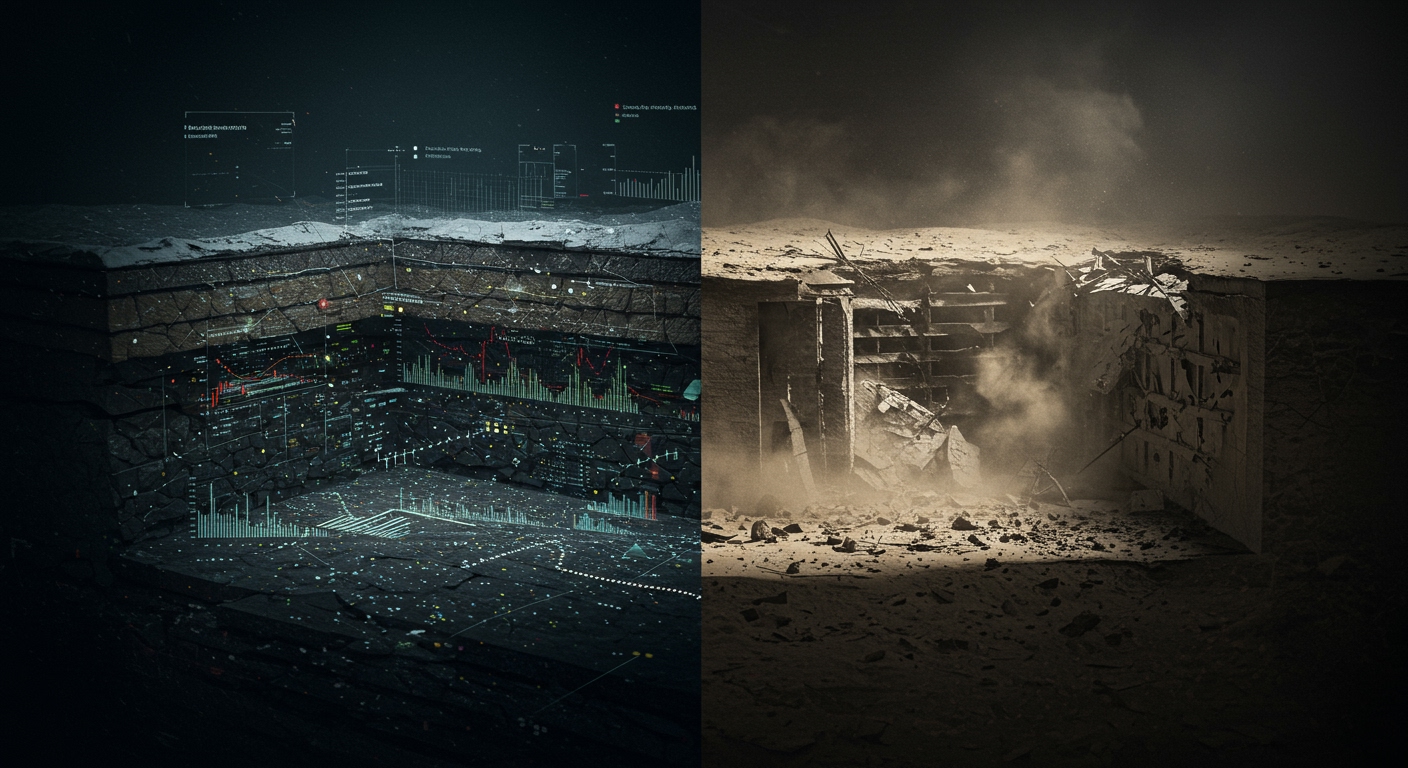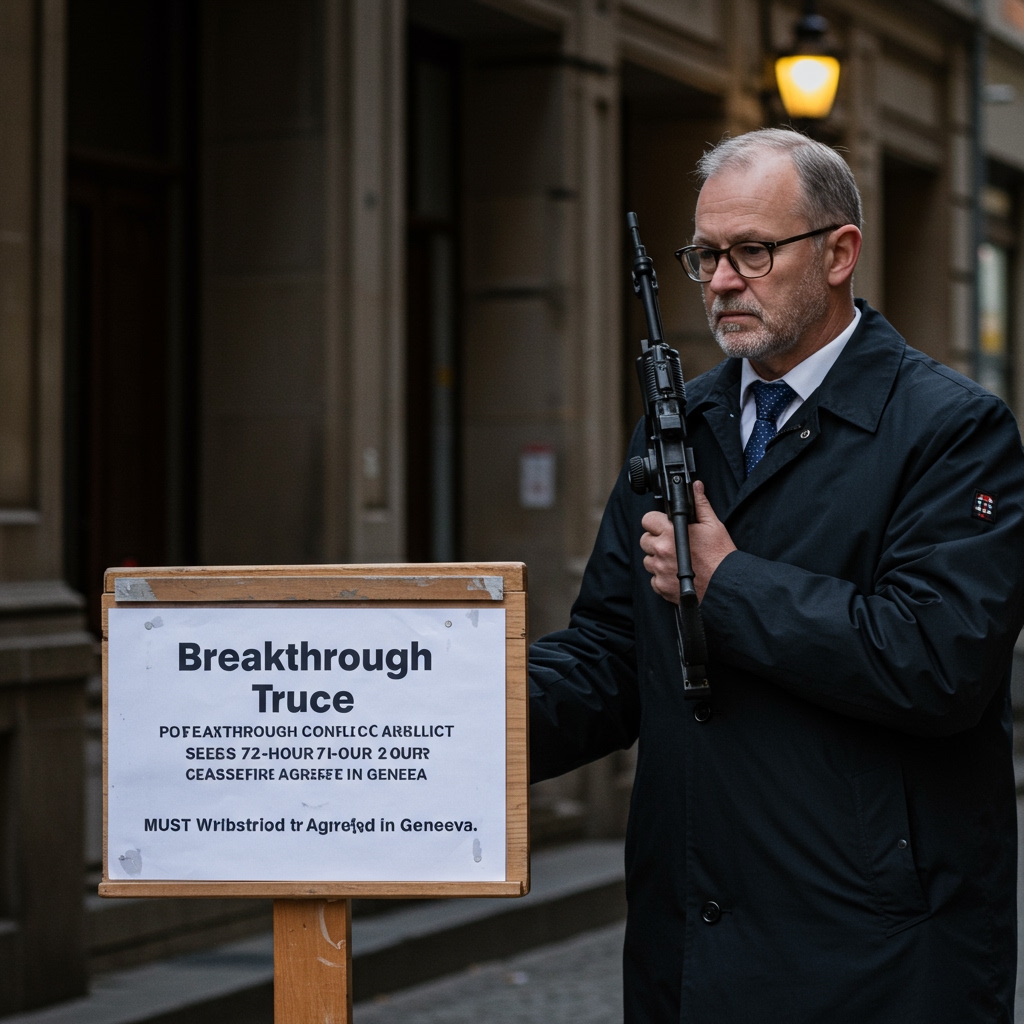BEERSHEBA, Israel – A deadly Iranian missile strike struck the southern Israeli city of Beersheba just minutes before a U.S.-brokered ceasefire, intended to halt 12 days of hostilities between Iran and Israel, was scheduled to take effect. The pre-truce bombardment resulted in at least five civilian fatalities and left a minimum of 20 people injured, casting a shadow over the fragile halt in fighting.
Attack Underscores Pre-Ceasefire Tensions
The strike occurred shortly before 7:00 a.m. Israel time on Monday, June 24, 2025, the designated hour for the truce to commence. While Israeli defense systems intercepted the majority of incoming projectiles, one missile successfully penetrated defenses, striking an apartment building in Beersheba. The impact caused significant damage and led directly to the civilian casualties reported by Israeli authorities.
Among the victims, three have been identified: Eitan Zacks, an off-duty soldier with the Israel Defense Forces (IDF); his girlfriend, Noa Boguslavsky; and Michal Zacks, aged 50. The identity of a fourth fatality remains publicly unknown at this time, while efforts are ongoing to identify the fifth victim and provide aid to the at least 20 individuals who sustained injuries in the blast.
The U.S.-Brokered Truce
The violence unfolded despite an announcement by U.S. President Donald Trump on Monday night that a “complete and total ceasefire” had been agreed upon by both Israel and Iran. This agreement was intended to bring an end to the 12-day conflict that had seen exchanges of fire across the region, escalating tensions significantly.
Israel’s government confirmed its acceptance of President Trump’s ceasefire proposal. Officials stated that they had achieved all designated goals of “Operation Rising Lion,” their military action against Iranian targets. However, they simultaneously issued a stern warning, affirming that Israel would respond forcefully to any violations of the agreed-upon truce.
Post-Truce Allegations and Responses
Minutes after the 7:00 a.m. ceasefire deadline passed, further incidents were reported. Israel accused Iran of launching two additional missiles towards northern Israel. Tehran, however, swiftly denied these allegations, leading to immediate uncertainty and accusations of bad faith from both sides.
In response to the deadly strike in Beersheba and the subsequent alleged launches, Israeli Defense Minister Israel Katz issued directives ordering the IDF to respond strongly. This order highlighted Israel’s stated position that it would not tolerate breaches of the ceasefire agreement, even as the truce was theoretically in effect.
Amidst the tensions, there were also signs of de-escalation on the ground. Israel’s Home Front Command announced the lifting of previously imposed restrictions on public gatherings, school attendance, and normal workplace operations across much of the country, signaling a return towards normalcy following the intense period of conflict.
Broader Regional Context and Nuclear Concerns
This latest flare-up, culminating in the deadly Beersheba strike, followed a series of significant actions in the region. The conflict had intensified after recent U.S. airstrikes targeted three Iranian nuclear facilities. Iran had responded with limited retaliatory rocket attacks on U.S. military bases located in Qatar and Iraq. U.S. officials reported that these retaliatory strikes caused no damage or injuries to American forces or assets.
The strikes on Iran’s nuclear infrastructure raised international alarm. The International Atomic Energy Agency (IAEA) warned that there was likely significant damage at Iran’s Fordo nuclear enrichment site following the U.S. bombing. In a move reflecting heightened tensions and potential implications for international oversight, Iran’s parliament has reportedly taken steps towards suspending cooperation with the IAEA, further complicating efforts to monitor its nuclear program.
Meanwhile, on the Iranian side, President Masoud Pezeshkian announced what he termed the “end of the 12-day war.” He attributed the reaching of the truce to the “heroic resistance” of the Iranian nation, presenting the halt in hostilities as a result of Iran’s steadfastness during the confrontation. The deadly strike in Beersheba, occurring at the very moment the truce was to begin, serves as a stark reminder of the volatile nature of the relationship and the challenges in ensuring a lasting peace.














